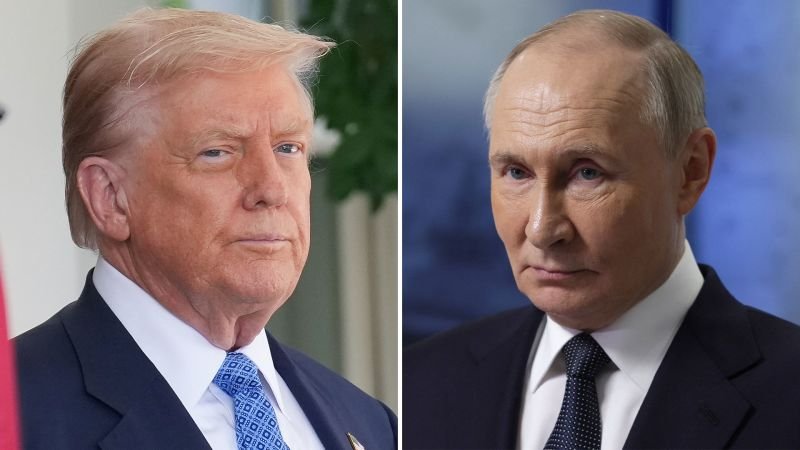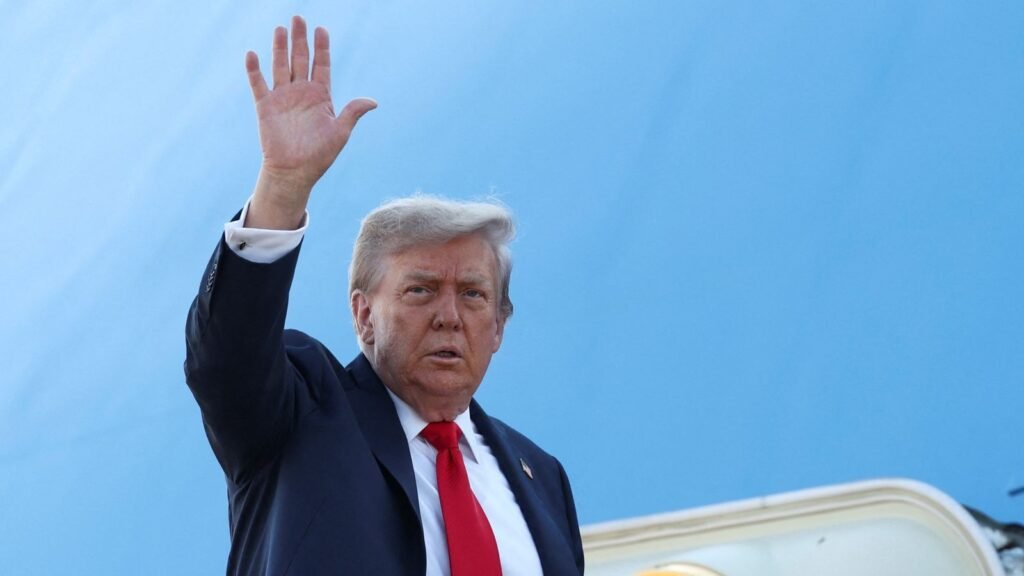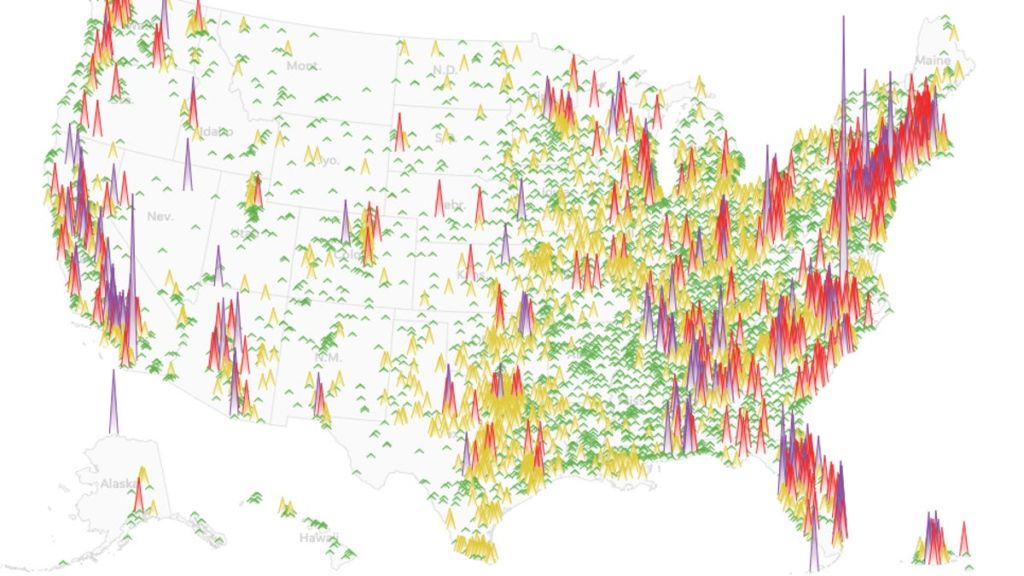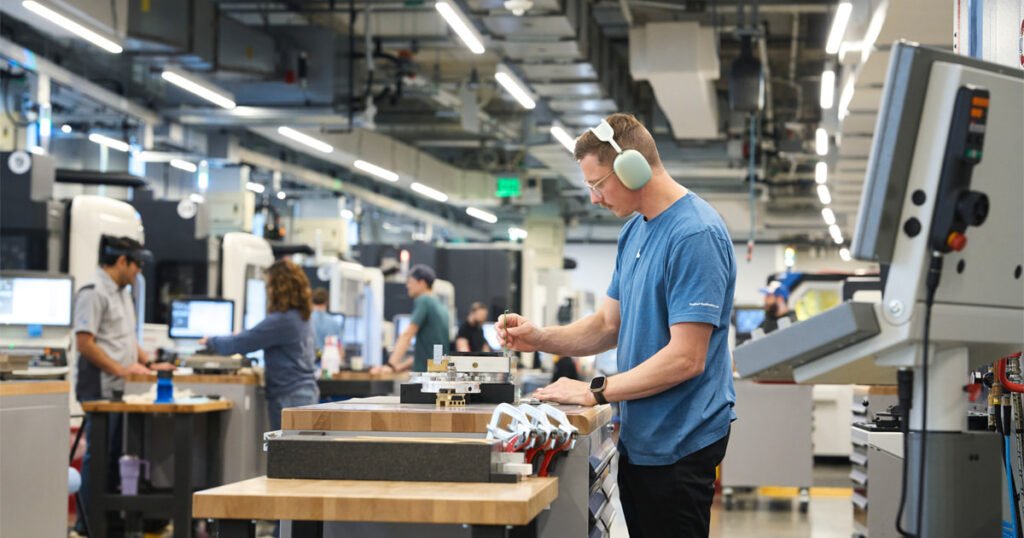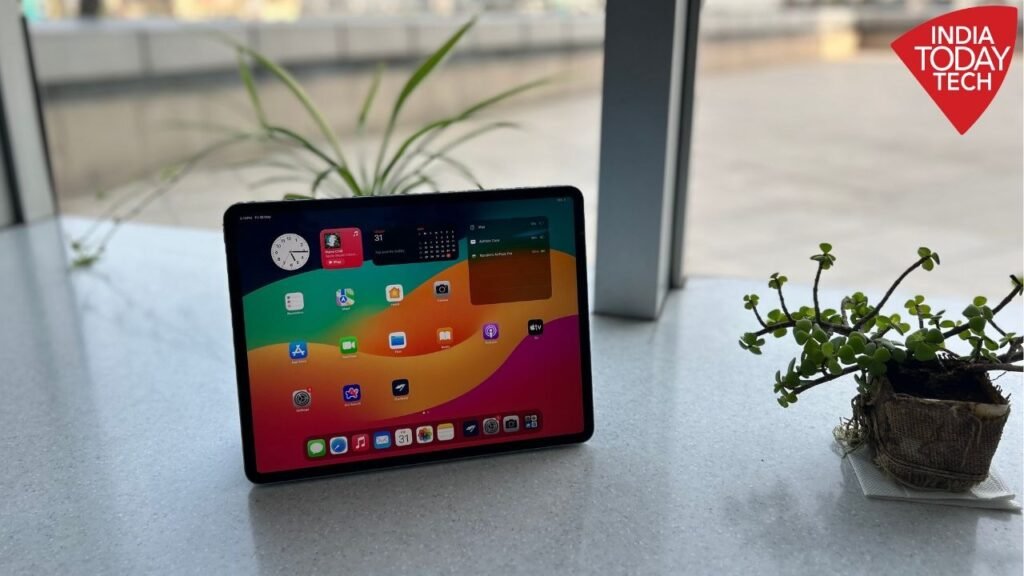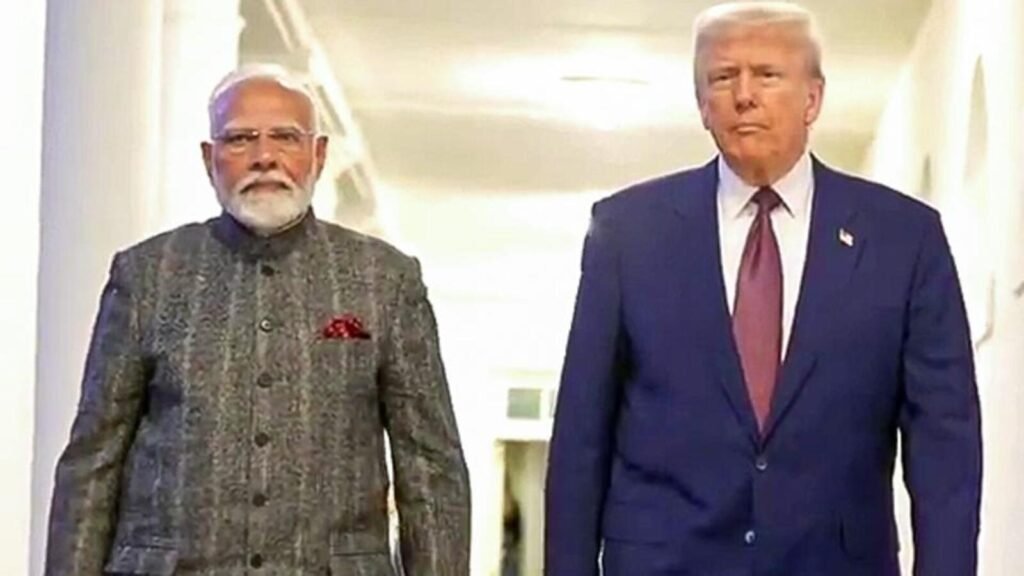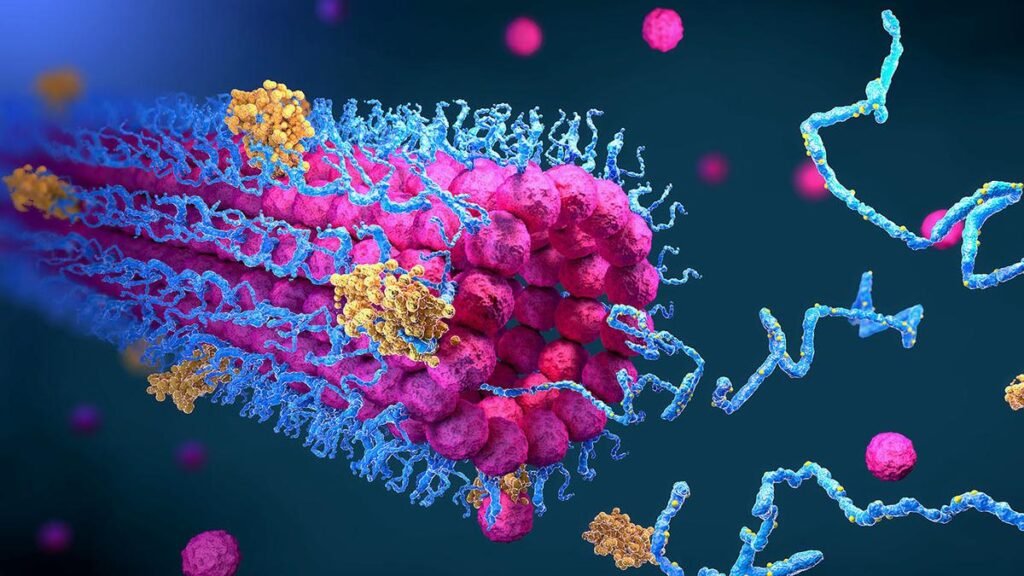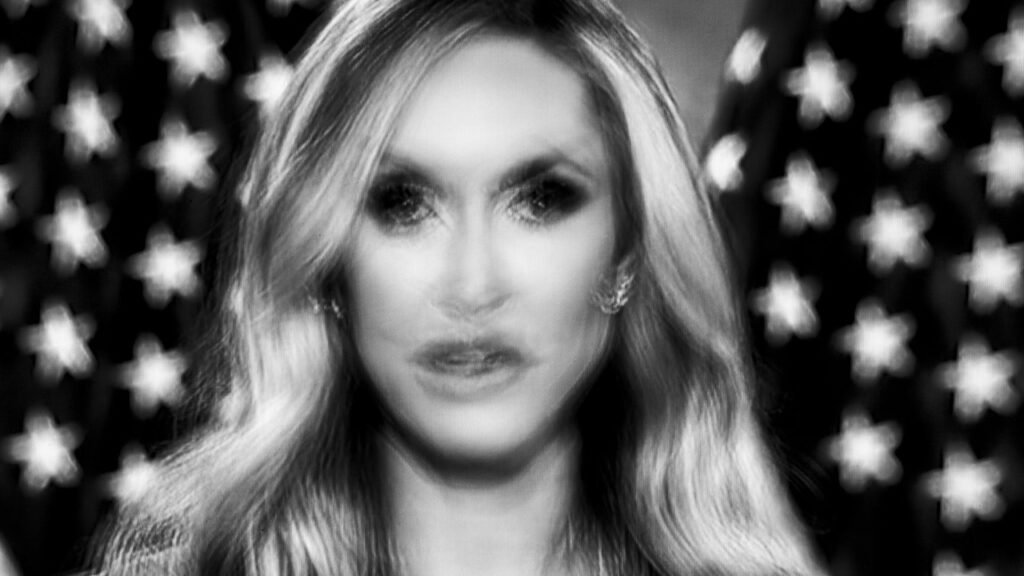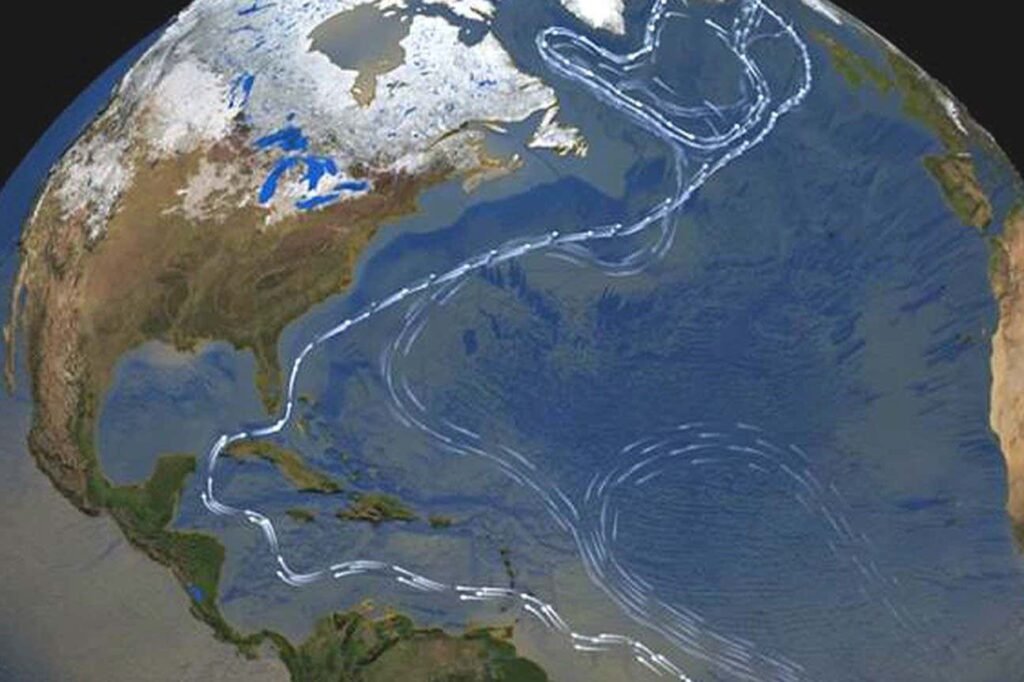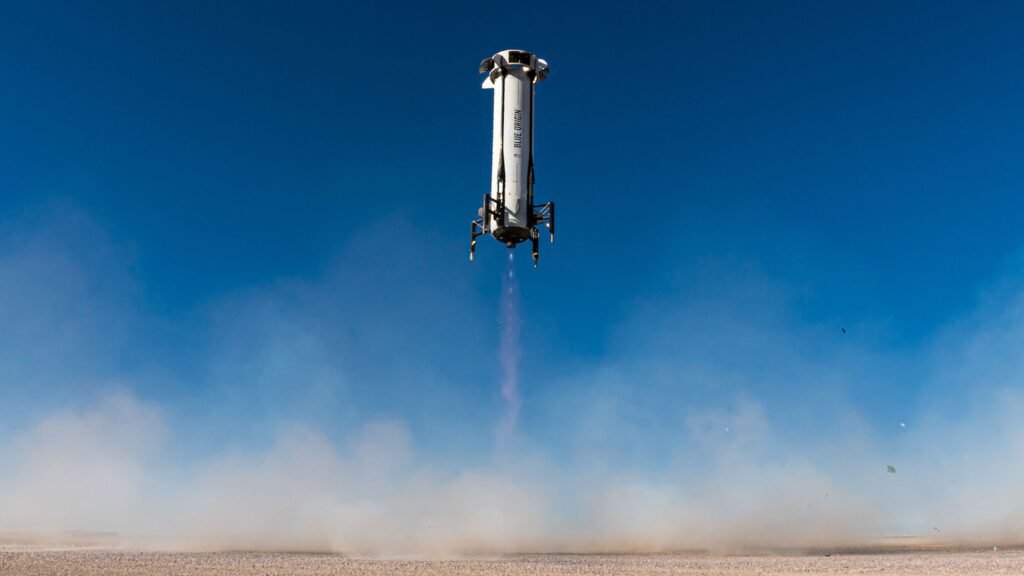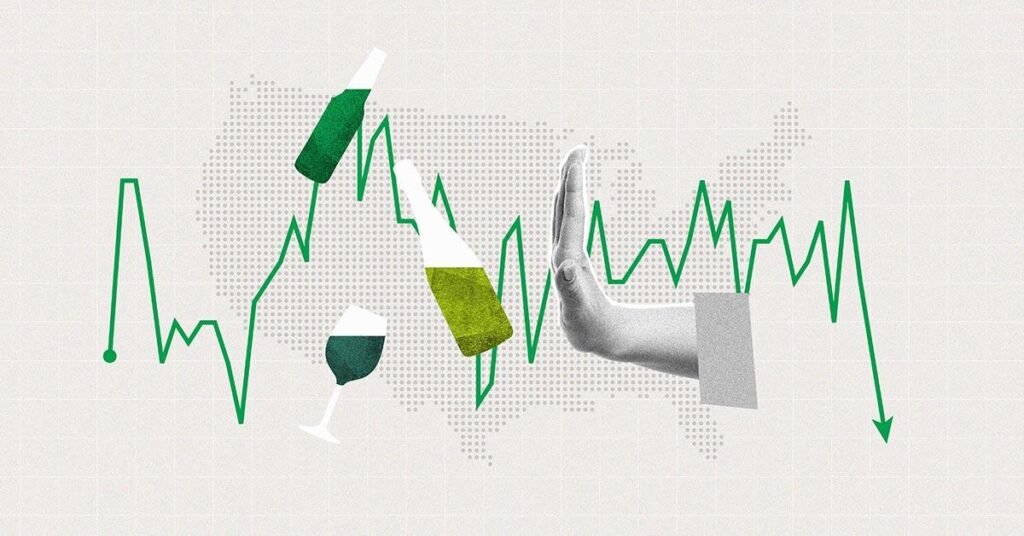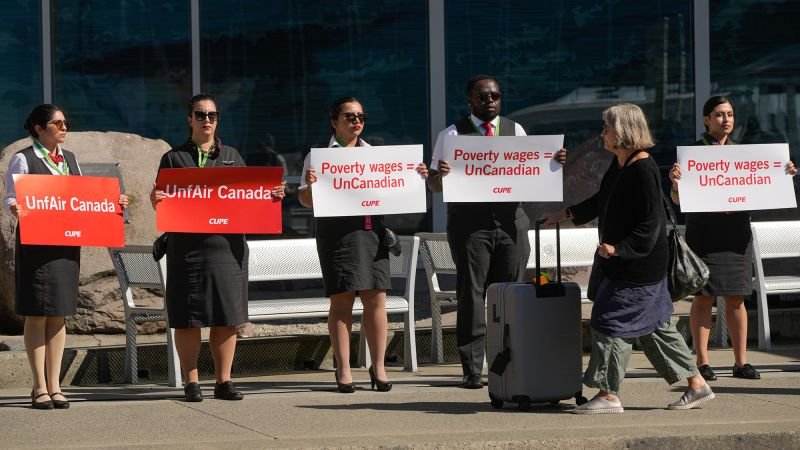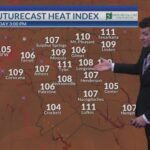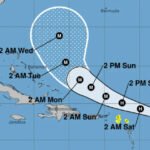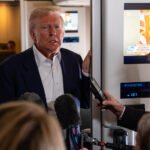Now Reading: PPI report shows biggest surge in three years. Here’s what that says about inflation.
-
01
PPI report shows biggest surge in three years. Here’s what that says about inflation.
PPI report shows biggest surge in three years. Here’s what that says about inflation.

The producer price index, or PPI, surged last month, far outpacing economists’ forecasts and suggesting that President Trump’s tariffs are starting to significantly drive up the cost of imported goods.
Wholesale inflation rose 0.9% in July from the prior month, the Labor Department said Thursday, outstripping economists’ expectations for a 0.2% increase. The jump marks the largest in more than three years, since June 2022.
The PPI, which measures price changes before they reach consumers, suggests cost hikes are on the way for shoppers, economists said.
So far in 2025, consumer prices have been slow to rise despite economists’ warnings that Mr. Trump’s wide-ranging tariff agenda would hike costs for both U.S. businesses and consumers. That’s partly because some importers took steps to offset the impact by preordering inventory and absorbing some tariffs to shield consumers in the short term.
But because those were stop-gap measures, economists have warned consumers are unlikely to be insulated from tariff-driven inflation indefinitely. The latest PPI data underscores that higher prices are rippling through the economy, experts say.
“Tariff-exposed goods are rising at a rapid clip, indicating that the willingness and ability of businesses to absorb tariff costs may be waning,” Oxford Economics analysts said in a research note Thursday, noting that the wholesale price increases were broad-based.
“We anticipate broader signs of tariff-driven inflation in the data over time as inventories roll over and firms adjust pricing under margin pressure,” they said.
The PPI report comes two days after July’s Consumer Price Index was slightly cooler than economists had expected, rising 2.7% on an annual basis. The CPI measures changes in prices for goods and services typically bought by consumers.
The PPI report “indicates that the new tariffs are continuing to generate cost pressures in the supply chain, which consumers will shoulder soon,” Pantheon Macroeconomics chief U.S. economist Samuel Tombs said in a research note Thursday.
What does the PPI mean for the Fed?
The data complicates the decision the Federal Reserve faces at its Sept. 17 meeting about whether to hold or cut its benchmark interest rate, according to economists.
The central bank has held the rate steady since December 2024, with Fed Chairman Jerome Powell noting that the economy remains relatively solid and that it wants to take a “wait and see” approach to the impact of the Trump administration’s tariffs.
The Fed is tasked with keeping inflation low while also promoting full employment — a two-pronged goal known as its dual mandate.
Because the CPI report came in cooler than expected, the Fed had been seen as more likely to cut rates next month. But the latest PPI data may put that in doubt, given a rate cut would make it cheaper for businesses and consumers to borrow, thereby potentially further stoking inflation.
“After a string of data pointing to greater odds of a September rate cut, the large upside surprise in producer prices highlights the dilemma the Federal Reserve faces in judging the risks to its dual mandate,” Matthew Martin, of Oxford Economics wrote. The group expects the Fed to hold off on rate cuts until December.
The PPI data “suggests inflation isn’t the non-story some people thought it was after Tuesday’s CPI print,” Chris Larkin, managing director of trading and investing at Morgan Stanley’s E*TRADE, said in an email to CBS MoneyWatch.
As far as the likelihood of a rate cut goes, the data “doesn’t slam the door on a September rate cut, but based on the market’s initial reaction, the opening may be a little smaller than it was a couple of days ago,” he said.
contributed to this report.

